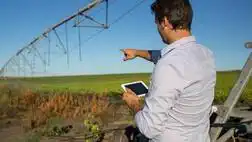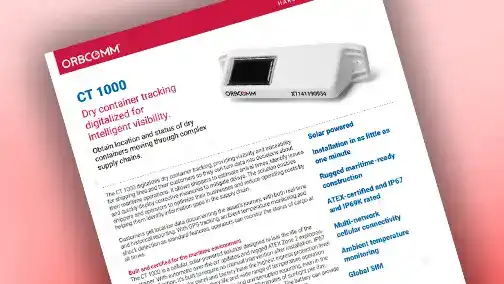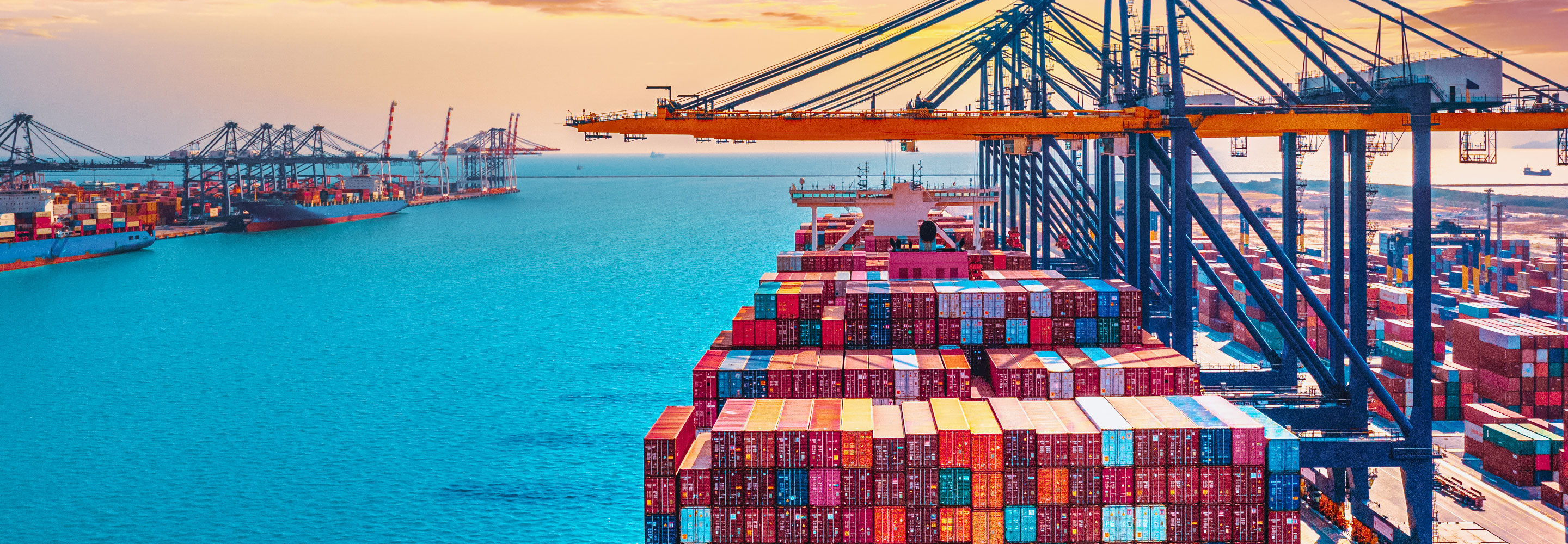
White Papers
- Home
- Resources
- White Papers
- Container IoT: creating a greener future for maritime today
Container IoT: creating a greener future for maritime today
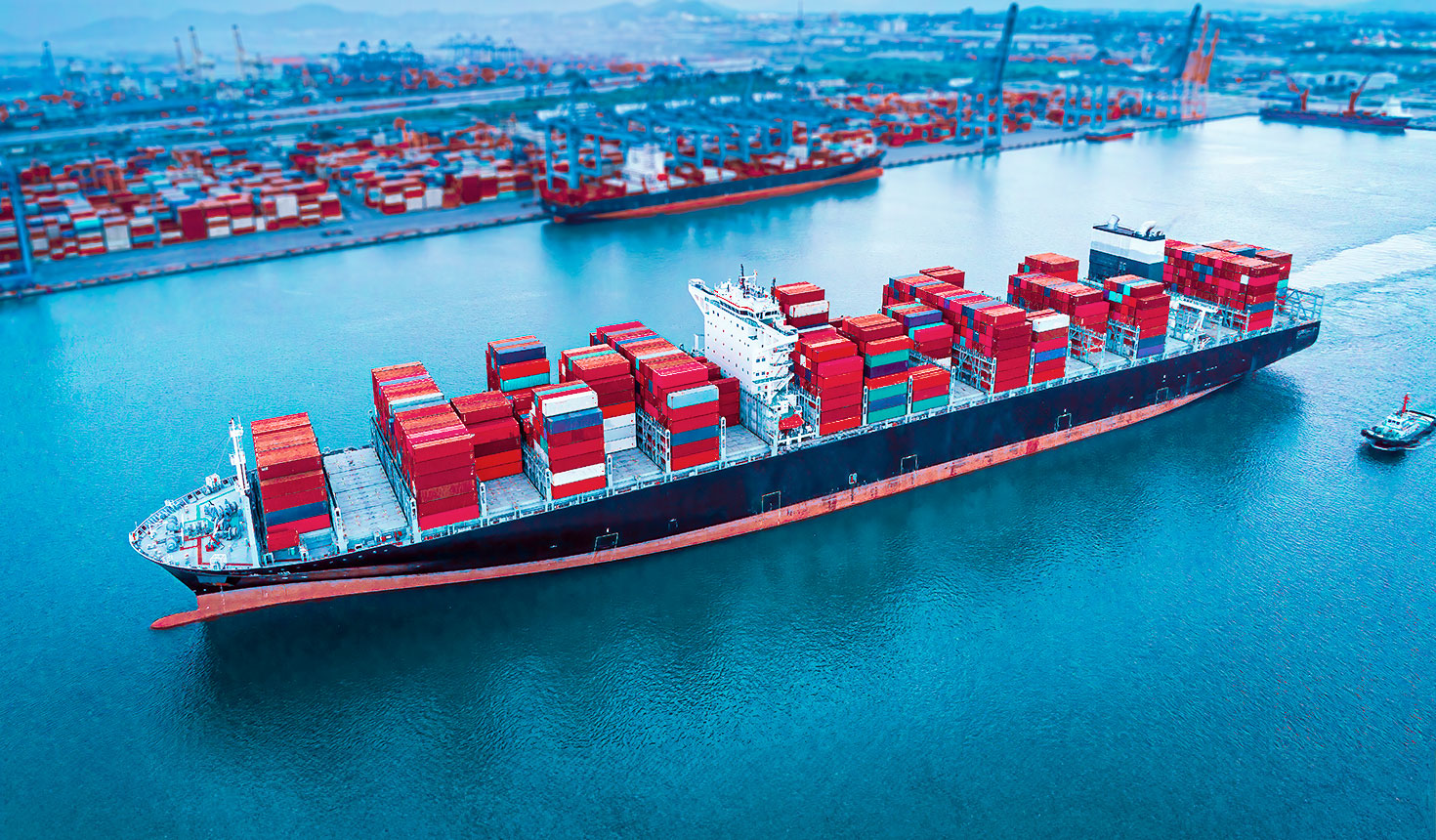
Container IoT: creating a greener future for maritime today
Decarbonising international shipping
Shipping, like all sectors of the global economy, is under immense pressure to rapidly decarbonise to help address the climate crisis. Currently, the industry is estimated to be responsible for 3% share of global greenhouse gas (GHG) emissions, but there are fears that this could increase to up to 10% by 2050 if shipping continues to rely on carbon-intensive fuels. Urgent action is required.
Pressing regulatory deadlines and emissions targets means shipping needs viable solutions to begin lowering emissions now. Internet of Things (IoT) solutions can play a pivotal role in catalysing maritime’s decarbonisation journey while alternative fuels and propulsion methods are tested and adopted. Importantly, they will continue to optimise operations even after high energy density (HED) alternative fuels are used as standard.
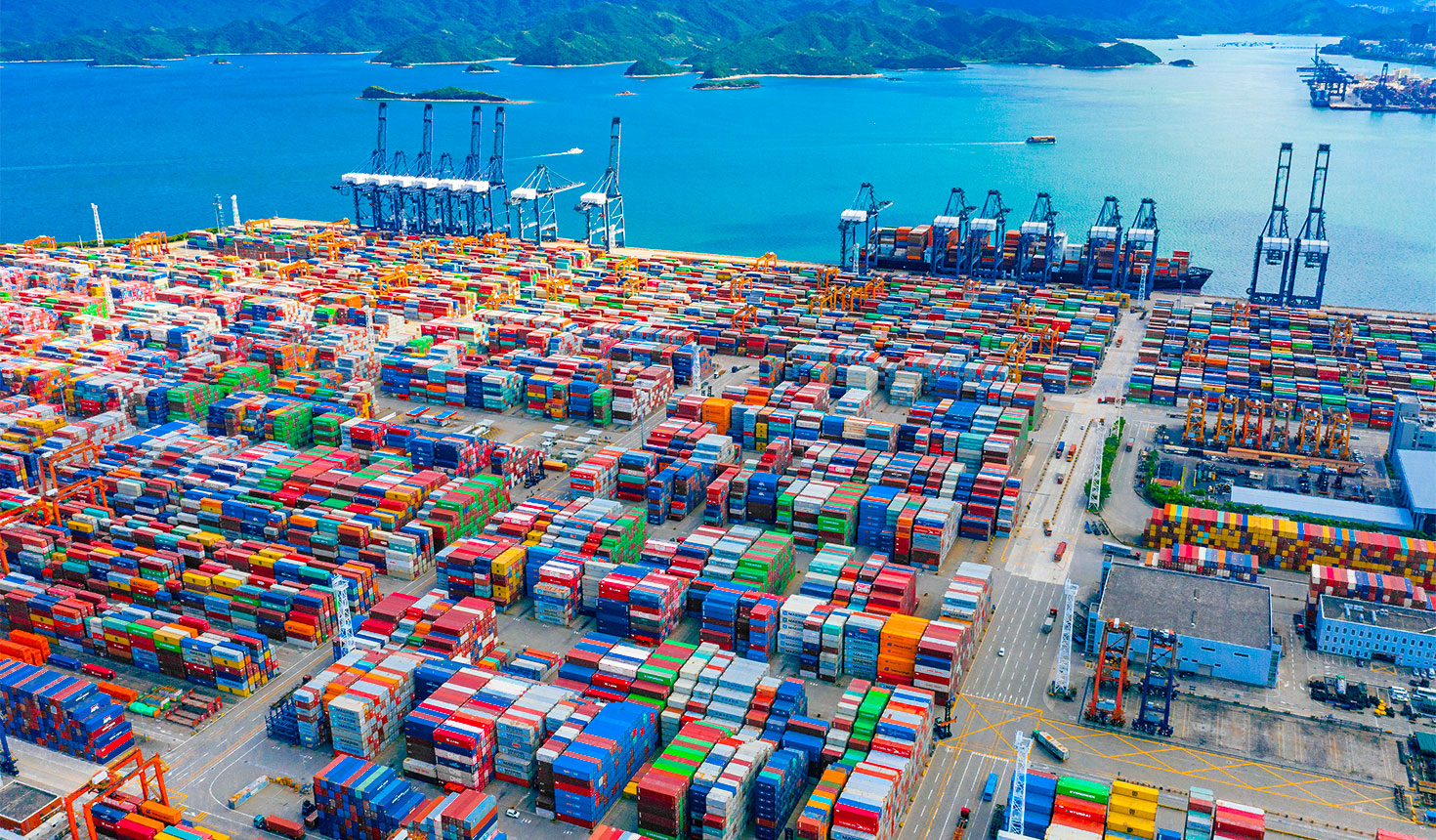
The regulatory landscape
Over the course of the last five years, the International Maritime Organization (IMO) has introduced progressively ambitious regulations designed to reduce international shipping’s reliance on heavy fuel oil (HFO). As an example of this regulatory effort, on 1 January, 2023, the Energy Efficiency Existing Ship Index (EEXI) and Carbon Intensity Indicator (CII) were introduced to reduce international shipping’s average carbon intensity—which links GHG emissions to the amount of cargo carried over distance travelled—by 40% by 2030, compared to 2008.
In July 2023, the Marine Environment Protection Committee (MEPC 80) adopted the 2023 IMO Strategy on Reduction of GHG Emissions from Ships. In doing so, it accelerated the requirement to reduce emissions and aligned shipping more closely with the 2015 Paris Climate Agreement.
Whereas the 2018 IMO strategy required a 50% reduction by 2050 compared to 2008 levels, the 2023 strategy requires international shipping to reduce greenhouse gas emissions to net-zero, by or around 2050. To provide a roadmap, and a means of tracking progress against the 2050 target, the revised strategy includes indicative checkpoints for 2030 and 2040, and Member States agreed to develop mandatory measures by 2025 to implement the pathway to net-zero.
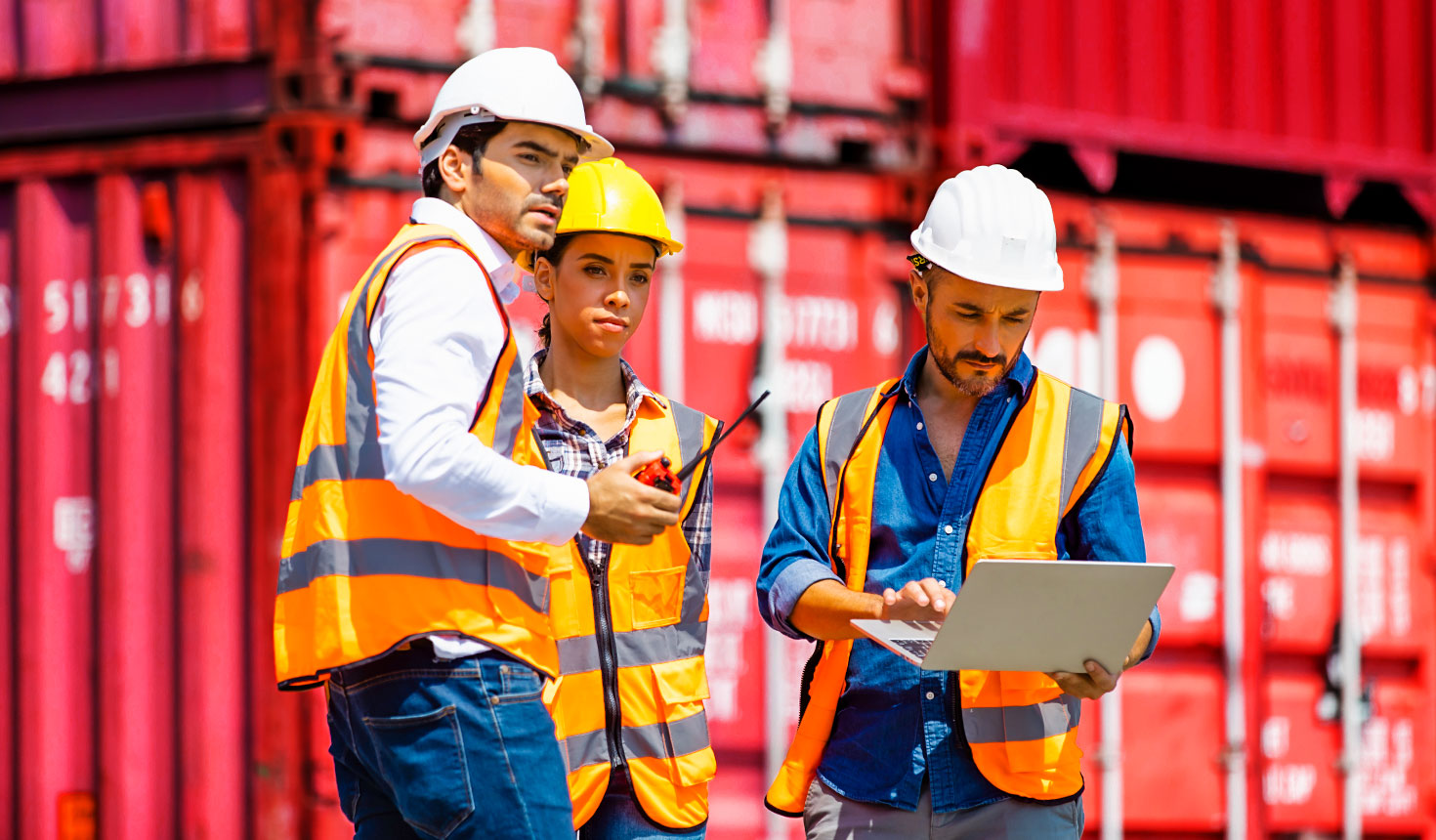
Commercial drivers for sustainability
Companies are having to evolve to comply with an increasingly complex regulatory and commercial environment. While the shipping industry continues to grapple with an array of safety, technical, logistics, and training challenges associated with the switch to alternative energy sources, pragmatists are simultaneously exploring more innovative ways to decarbonise their operations to meet customer imperatives and maintain market share.
Financiers are increasingly considering sustainability credentials and performance as part of their due diligence. And, faced by growing customer environmental awareness, many cargo owners are now routinely incorporating decarbonisation targets into their business strategies. For example, multinational heavyweights, such as Ikea, Michelin and Unilever have formally pledged to only move cargo on ships using zero-carbon fuel by 2040, while others, like Amazon and Walmart, now require ship charterers to justify using particular ships on the basis of their Environmental, Social, and Governance (ESG) data.
ESG reporting places far greater emphasis on transparency, accountability, and GHG emissions at every stage of the container supply chain. Some shippers are already in the process of rolling out CO2 trip calculators to help their customers. Such reporting will soon be vital when the European Union's emissions trading system (ETS) is extended to shipping in 2024, and thereafter to emissions from fuels used in road transport in 2027.
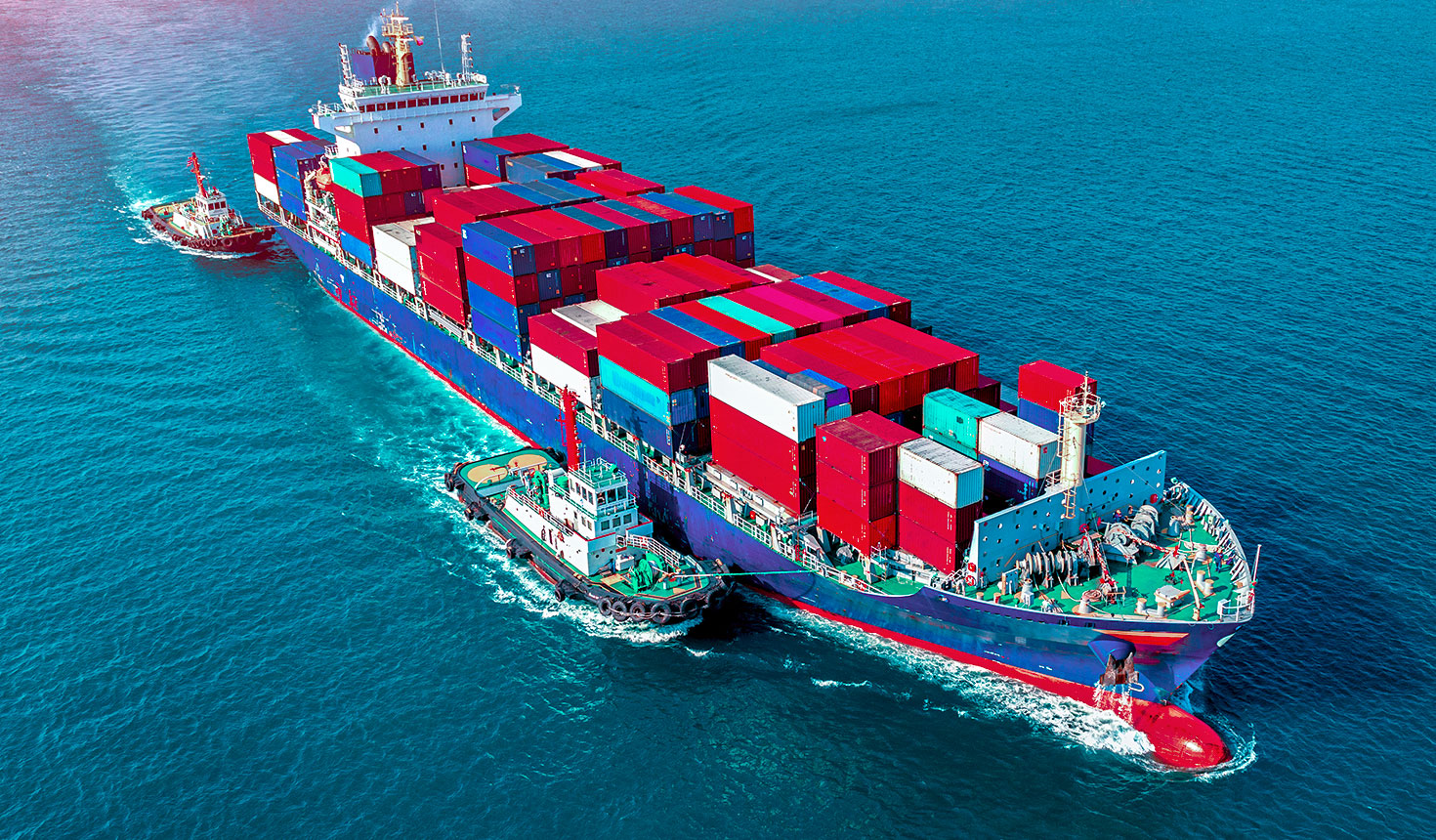
Container IoT solutions
Telematics technology has made significant strides in recent years and supply chain stakeholders are increasingly taking advantage of the commercial benefits it offers. This includes complete visibility of assets through the supply chain, efficiency gains, enhanced security, and reduced spoilage of goods in transit.
Over the last 15 years, IoT solutions have become prominent in the refrigerated containers (reefer) segment as the financial outlay was easy to justify due to the high cost of reefers and the value of the cargo they move. However, a combination of technological advancements, lower dry device costs and the increasing importance of ESG reporting, has up-ended the return on investment (ROI) calculation to make the use of IoT tracking for containers a sensible business decision for the dry container market.
It is now possible to quickly equip entire fleets of containers, both reefer and dry, with affordable telematics solutions that can help streamline operations. What’s more, leaders across container shipping lines are beginning to recognise that the resulting insights can also contribute to the sector’s efforts to meet decarbonisation targets.
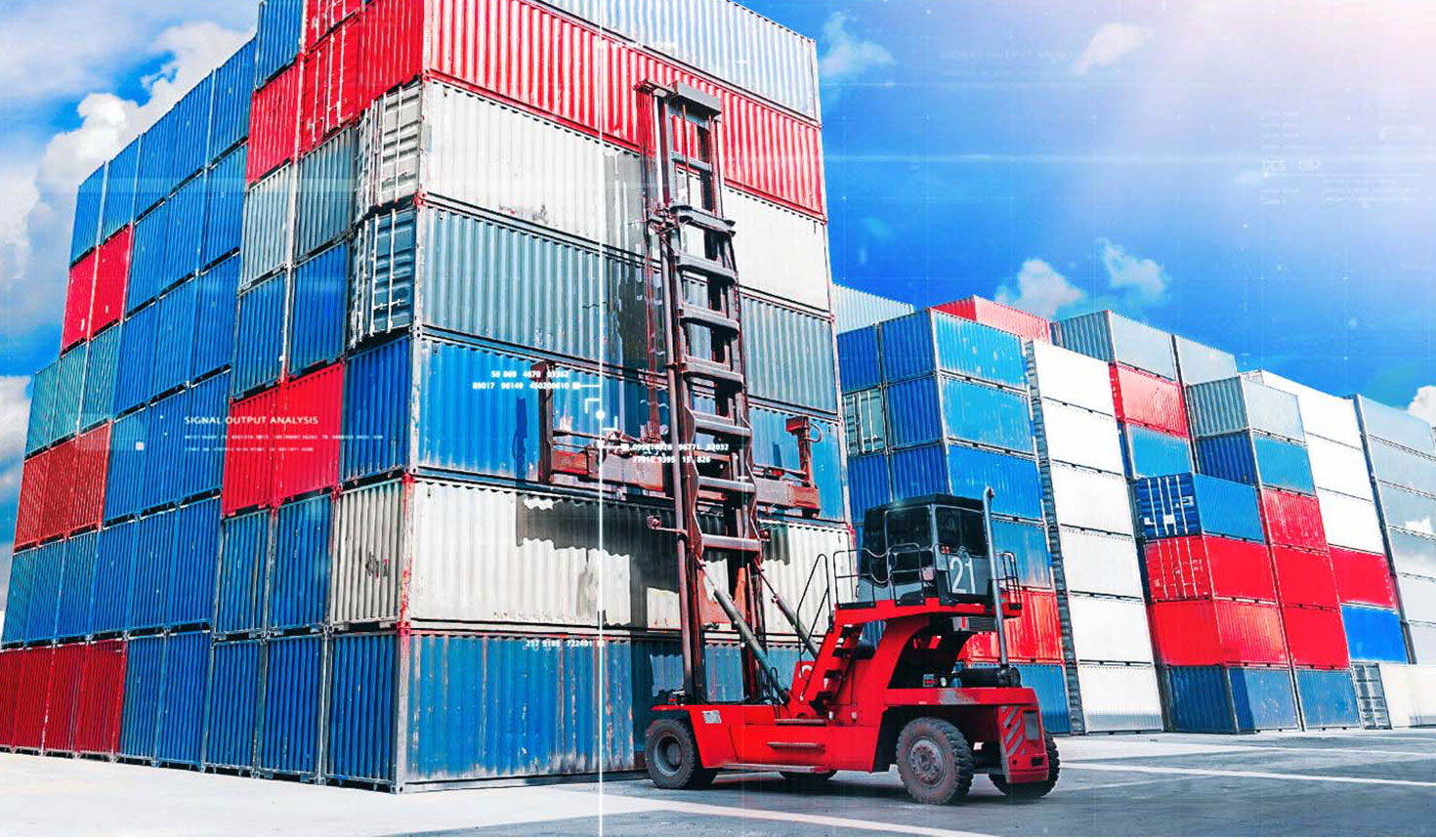
Cargo owners that fit their containers with IoT solutions can accurately calculate CO2 emissions over the course of the entire journey. Data, such as distance travelled, route and trip duration, and use of shore and diesel genset power, can be analysed to assess performance against corporate decarbonisation targets, form the basis of accurate emissions reporting and ultimately contribute to CO2 emission reductions.
Future-proof telematics solutions can also be integrated with emerging machine learning and artificial intelligence (AI) technologies, to further enhance their capabilities. Pairing telematics data and analytical tools can provide immediate information on container availability and, in the case of reefers, their operational status, to enhance asset control and optimise utilisation.
IoT solutions are already, therefore, an essential component of improving the environmental credentials of the container supply chain. As technology continues to evolve, telematics use cases are likely to grow exponentially and provide further opportunities to monitor emissions hitherto unthought of. This potential offers a sustained ROI. But telematics is not just for tomorrow. Even at this point in time, they can help to reduce emissions resulting from the movement of containers through the global supply chain.
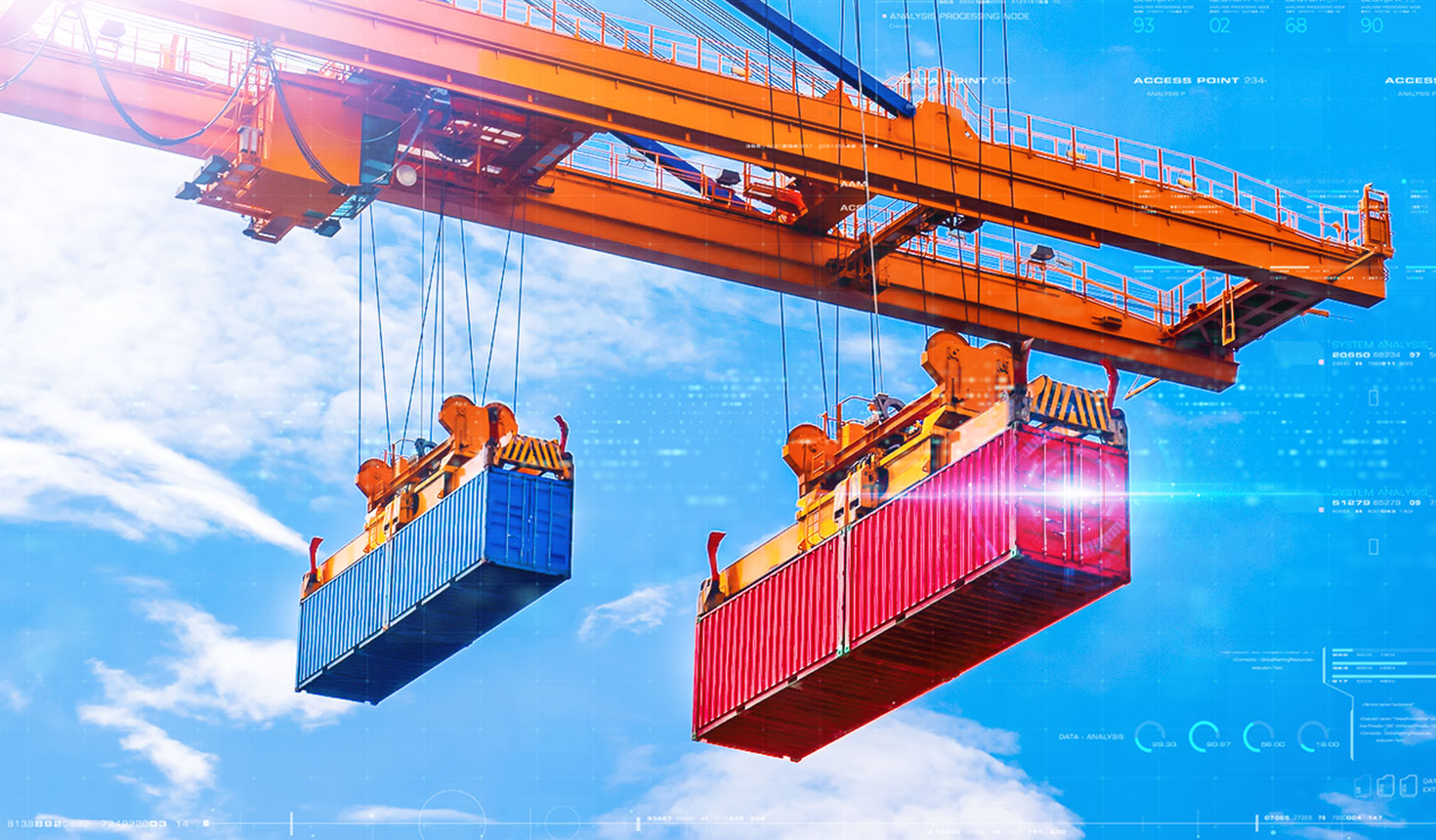
Re-imagining an efficient and greener supply chain
Real time telematics data provides visibility and transparency on container locations, inventories and demand. This enables shippers, port operators, and transport companies to optimise dynamic route planning and coordination. For example, shippers can use the information to reschedule arrivals at congested ports and streamline container loading and unloading cycles.
Telematics helps shipping lines analyse the chain of custody for each container movement. This allows containers to be re-routed to avoid congestion-prone routes and minimise delays at the distribution centre, which in turn reduces dwell time and prevents unnecessary carbon-intensive vehicle movements. Such data can also be consolidated to build a detailed operational picture and be used to evaluate and amend container management strategies. This empowers shippers to make data-driven decisions to optimise operations efficiency and cut emissions.
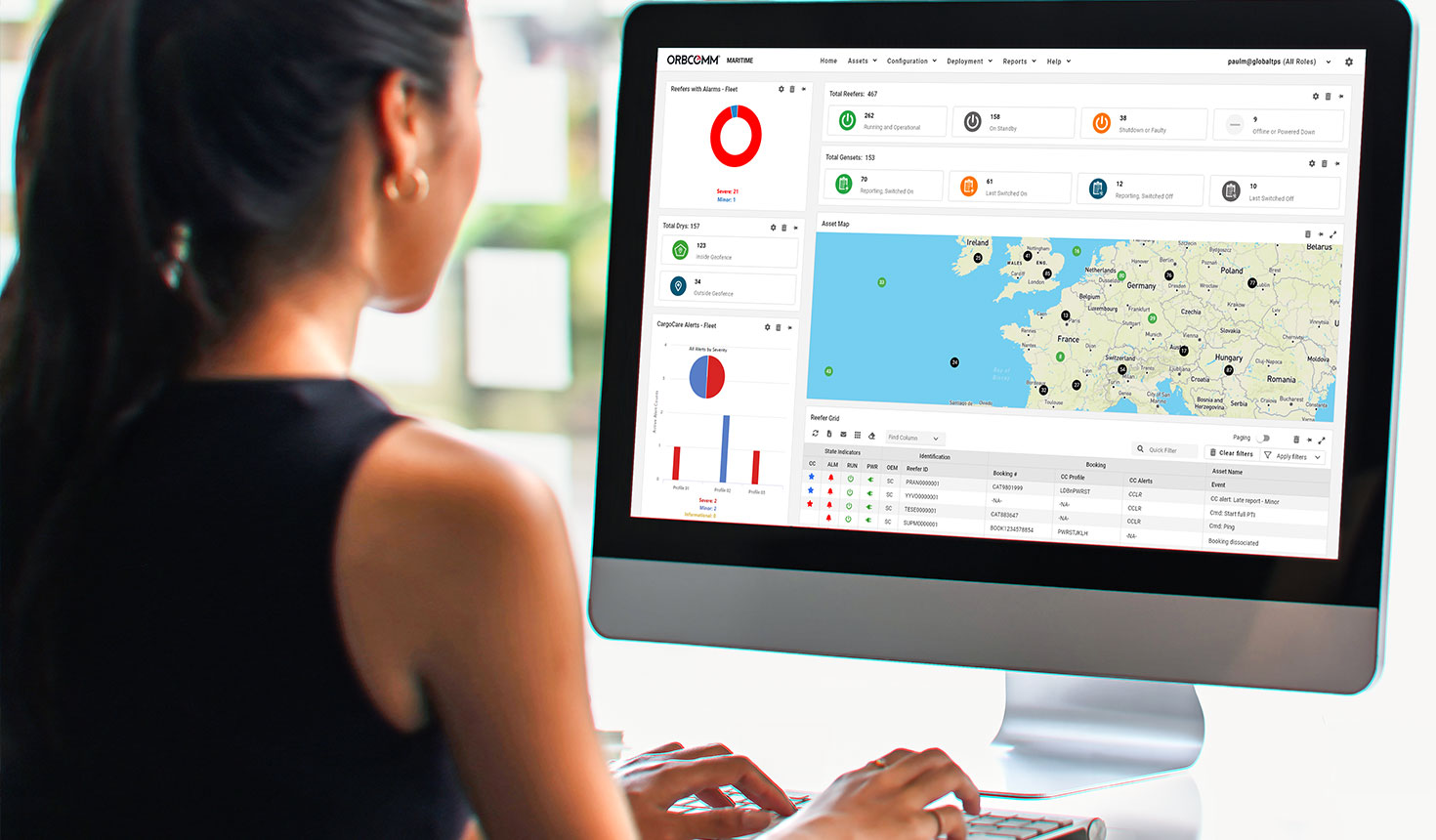
Synchronising intermodal stakeholders
As noted during an expert's roundtable organised by the European Economic and Social Committee (EESC), in June 2021 the strengths of multimodal transport, including convenience, speed, cost, reliability and predictability are being undercut in large part due to “low levels of investment in smart digital solutions that would streamline the management of multimodal transport flows.”
While some shipping companies continue to use traditional approaches to design and manage their routes, many are switching to analytical software to improve the efficiency of their container networks. The pairing of algorithms and real time telematics data has the power to enhance intermodal connectivity by facilitating the coordination and integration of different transport modes to achieve precise scheduling. The adoption of IoT solutions, at scale, could therefore help to unlock the untapped potential of the global supply chain, and bring about significant efficiency gains and emissions savings.
Exchanging data using API standards would offer complete supply chain visibility and allow shippers to identify and avoid unnecessary movements and calculate optimal transport routes. It would also enable accurate ETAs to be shared among parties, which could help to reduce vehicle speeds on route to collect or deliver a container and cut idling time at warehouses, distribution centres and terminals. Such outcomes would deliver emissions reductions.
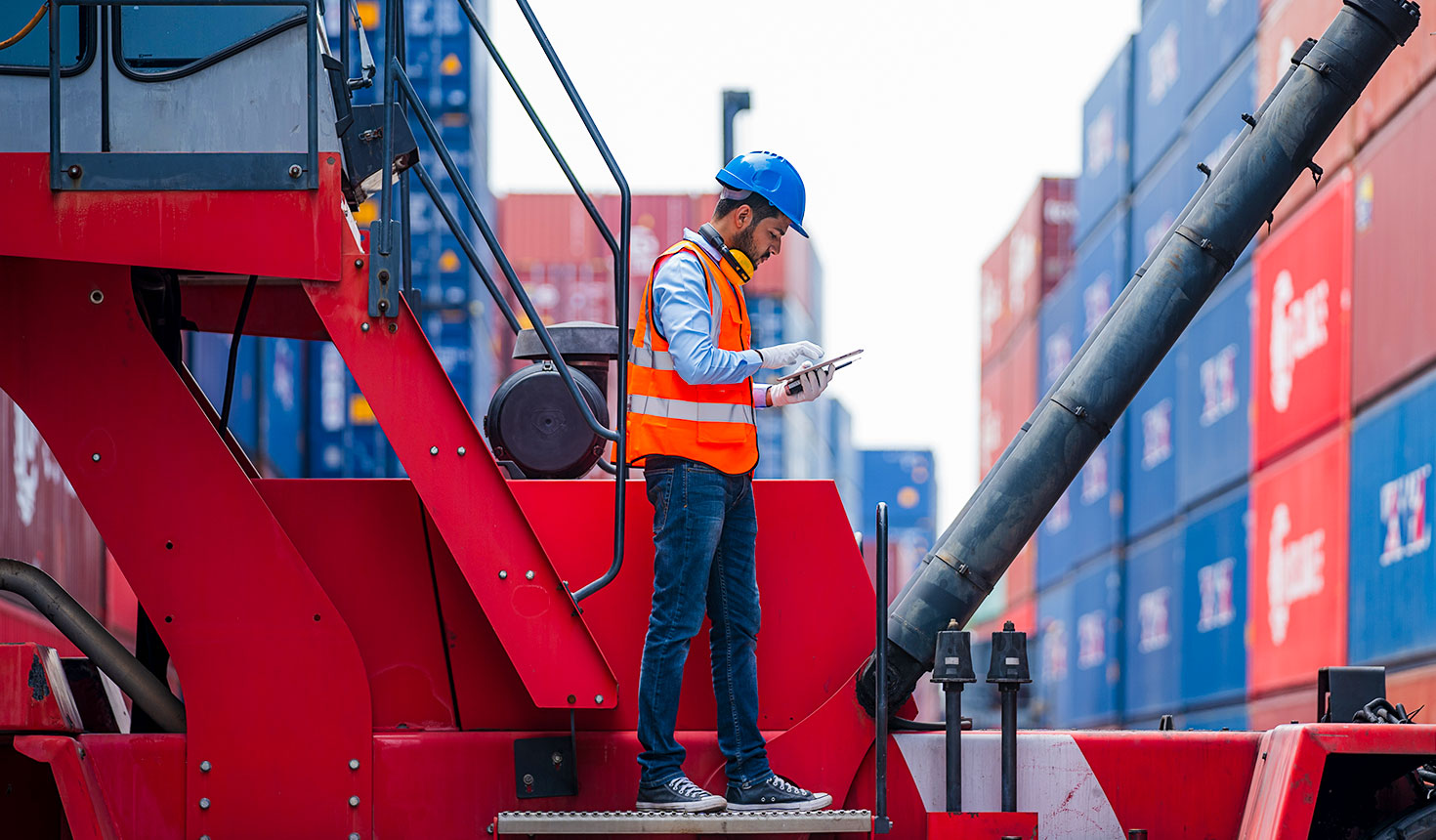
Efficient use of existing transport links would immediately reduce fuel consumption and contribute to reduced GHG emissions. But the benefits are not restricted to current operations alone. Telematics data could also be used to inform the design phase of future transport infrastructure projects, ensuring that the flow of trade and emissions controls are built into the supply chain from the outset.
Integrating road, rail, inland waterways, and feeder vessels, sharing real-time data on locations, asset and cargo status, and more, can help shippers to select greener transport options, attract eco-conscious customers, and enhance the bottom line.
Asset utilisation
Asset utilisation is a measure of the efficiency of using containers to transport goods. Telematics data can be leveraged to automate this process.
The shipping industry has a vested interest in improving utilisation rates to improve commercial performance, and reducing the number of wasted movements, for example, also helps to reduce GHG emissions and contribute to sustainability, for the benefit of all.
To improve utilisation rates, companies seek to minimise time-in-transit and dwell times by accurately forecasting and scheduling each container movement. This process has typically been done manually and the reliance on fragmented information, concerning asset location and status, often undermined planning assumptions. The laborious task is also prone to human error and vulnerable to deliberate interference.
However, today, IoT solutions can remotely monitor asset availability in real time. With the appropriate data management tools, operators can, at the click of a button, analyse container utilisation patterns and identify areas for improvement, for example to reduce empty container moves and to optimise the use of asset capacity by reducing the shipment of fractional loads. When paired with predictive analytics, telematics can also be used to anticipate demand and proactively allocate containers.
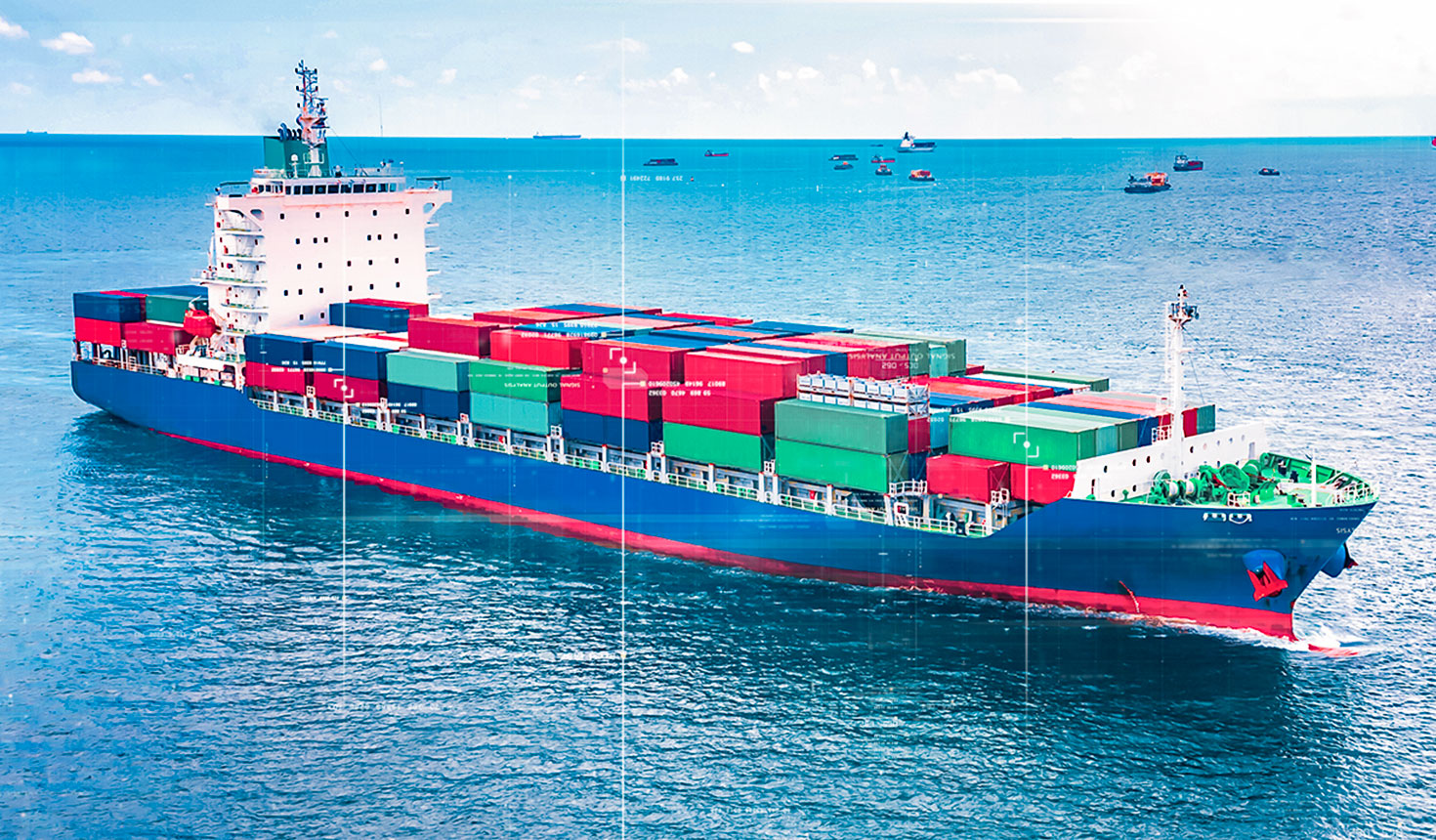
Informed fleet procurement decisions
Between 1.5 to 2.5 million TEUs worth of containers are manufactured each year, according to the Port Economics, Management and Policy report published in January 2022. While there was a global shortage of containers at the peak of the Covid-19 pandemic, the market currently appears to be over-saturated, and manufacturers have cut production accordingly.
However, IoT tracking can provide another option to the extant boom and bust container procurement cycle that is intrinsically linked to the health of the global economy. The ability to monitor assets through the supply chain and analyse container utilisation rates enables companies to objectively assess and manage the optimum size of their container fleets.
The life of a container is generally dependent on the frequency of use and the distance it travels—the more frequently a container is used and the further it travels, the shorter life it will have. By monitoring and better balancing container usage, and reducing unnecessary container mileage, telematics data can extend the average lifespan of container inventory and drive objective fleet management decisions. Ultimately, telematics could potentially reduce the number of units leased, rented or purchased, not only enabling companies to save money, but also reducing emissions associated with container production and disposal.
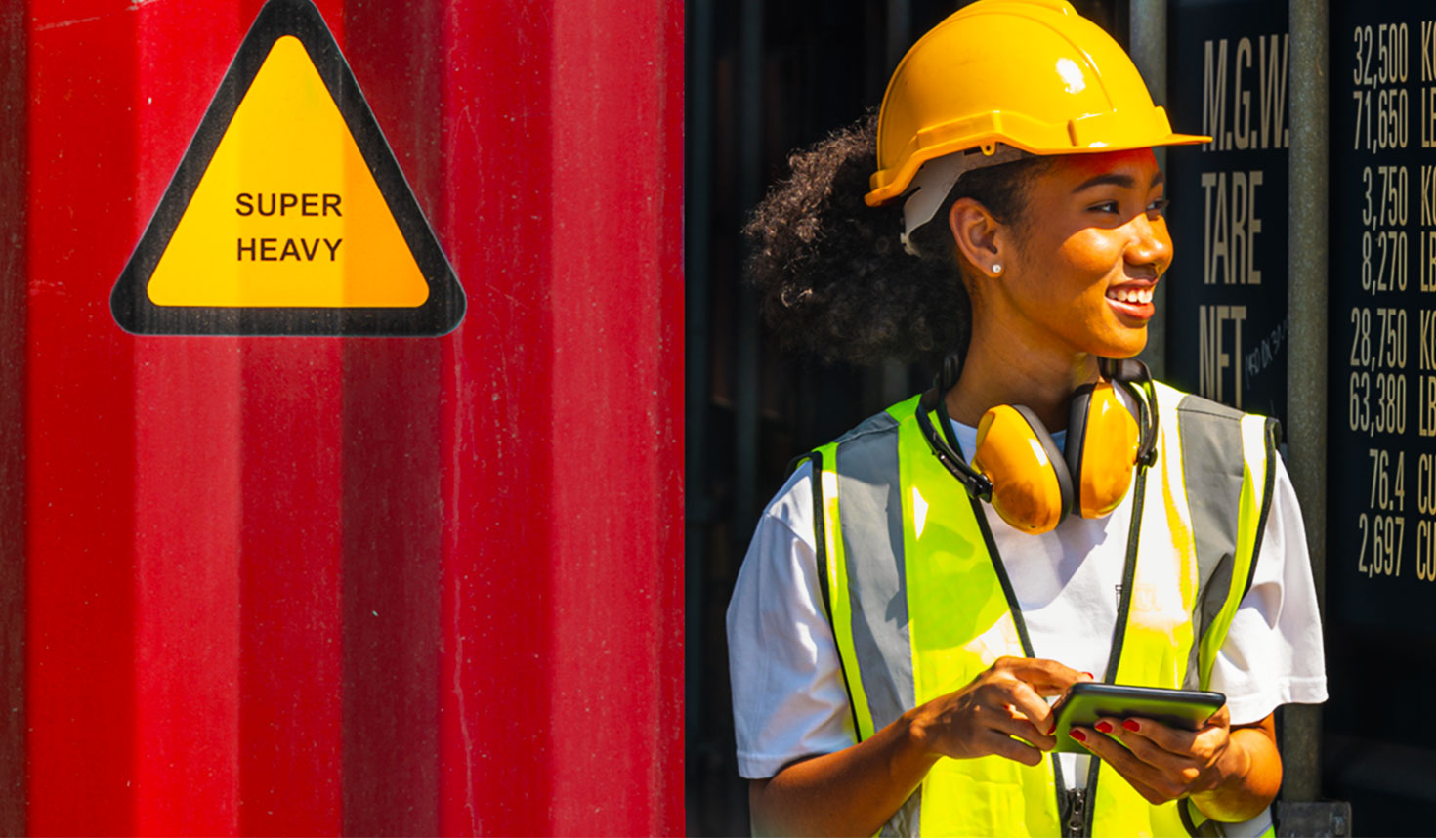
Eliminating unnecessary repositioning of empty containers
In May 2023, technology container repositioning firm Container XChange estimated that every third container being moved globally was empty, equating to at least 60 million empty container moves every year. This staggering statistic is in large part due to the contemporary trade imbalance between the global north and global south on one hand, and the largely consumer markets in the west and manufacturing centres in the east on the other. The imbalance results in net importers stockpiling empty containers and net exporters struggling to find them, especially during periods of high demand. This does not only affect the bottom line: there is a big emissions cost for these movements too.
Back in 2015, a report published by the Boston Consulting Group (BCG) estimated that empty containers cost the global container shipping industry between $15 billion to $20 billion per year. While the scale of the challenge is exacerbated by the continued trade imbalance, it is not a recent phenomenon, nor is its impact solely restricted to the bottom line. The BCG research also estimated that solving the empty container conundrum could reduce carbon emissions by six million tons per year—a figure that will be even higher today.
Shippers widely acknowledge that addressing the global challenge of redirecting and returning empty containers is one of the industry’s most pressing logistics issues. Given recent market volatility and the current profitability crisis—freight rates remain low at the time of writing—finding innovative solutions is vital to reducing costs across the container-shipping industry, in addition to related GHG emissions.

Telematics can be a game-changer. The ability to track the precise location of telematics-equipped containers in real-time, allows shipping companies to monitor and proactively manage their container fleets. The data can help to identify the nearest available containers for shipment and reduce the need for unnecessary empty container movements. It also enables shippers to identify utilisation rates and wait patterns port-by-port.
Long dwell times contribute to empty container imbalances. IoT solutions can monitor the time containers spend at various locations, including ports, terminals, and warehouses, and automated alerts can notify operators when containers have been stationary for extended periods. This would simplify the process of identifying bottlenecks in the supply chain and better matching container supply to demand. Over time, such historical data could be analysed to establish trends and accurately forecast market needs.
Funnelled into the design of shippers’ container networks, such data could inform proactive asset allocation. Advanced analytics could automatically adjust allocations based on demand fluctuations and trends, thereby ensuring containers are dynamically positioned where they are most needed. Balancing stock between different strategic locations would optimise costs, meet exporting customer demands, and reduce the need for repositioning. From a purely commercial standpoint, it would also cut operating expenditure associated with labour, fuel and wear and tear on equipment.
Telematics data can drive the process of consolidating stock, help shipping companies to maximise container usage, reduce the number of journeys made solely to relocate empty containers, and free up deck space for revenue-generating cargo. And from an ESG reporting perspective, telematics data could be used to accurately report emissions associated with empty container movements. This would add further impetus to the efforts to deliver efficiency and emissions savings and allow the impact of new practices to be objectively assessed.
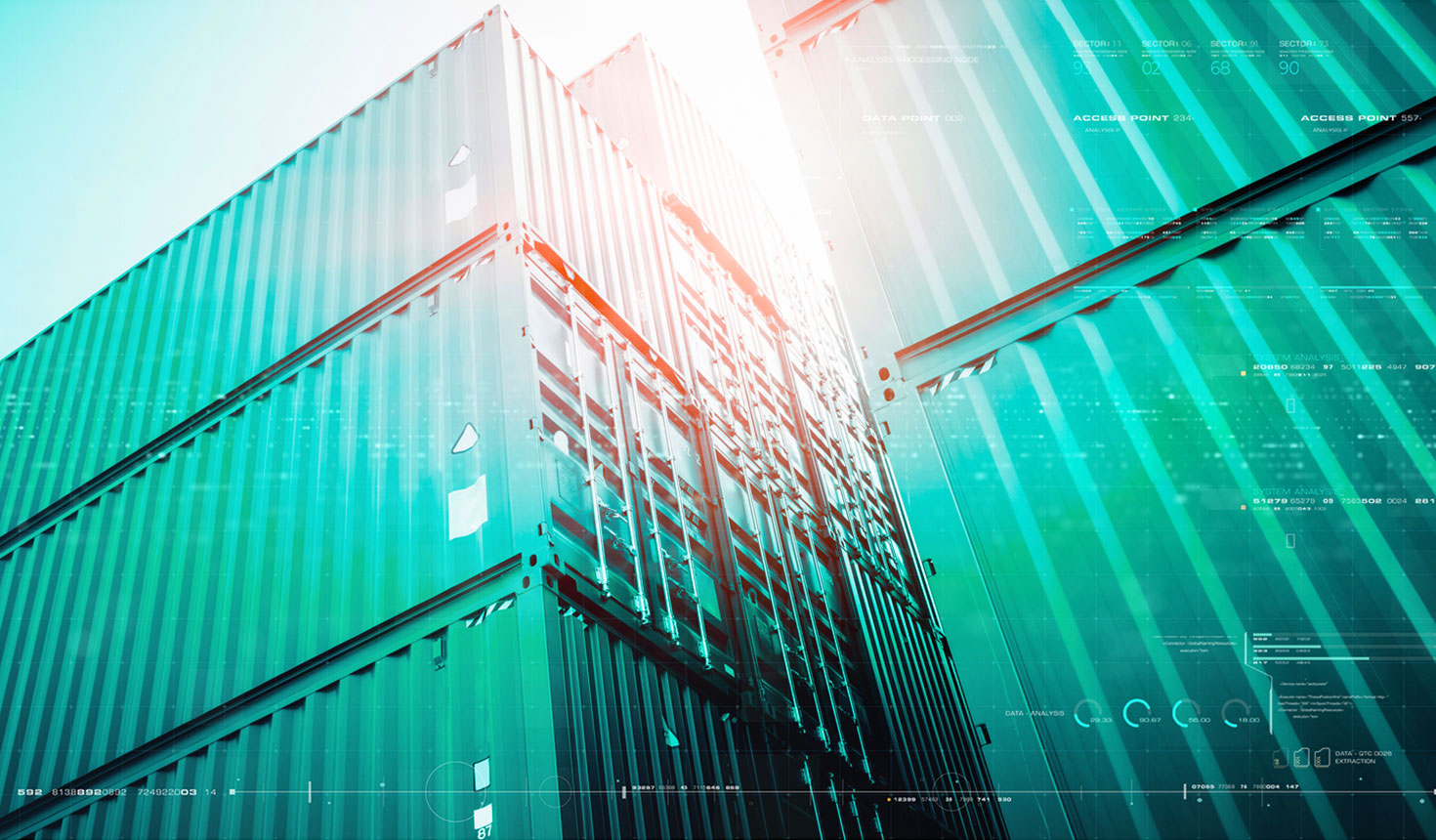
Container interchange and pooling
Increased visibility of container location and status can also facilitate container sharing and pooling arrangements among shipping lines. The current practice of transporting empty containers back to a container depot prior to them being dispatched to the next stuffing point—a process known as triangulation—is both inefficient and wasteful (costs and emissions) across the entire supply chain.
Rather than shipping lines managing their own containers, a willingness to better coordinate operations, built upon the foundations of accessible telematics data, could allow assets to be shared between multiple companies, optimising container utilisation and reducing empty container shipping and repositioning. The haulage industry has already embraced such a collaborative approach and ‘dead heading’, where drivers collect a load rather than returning empty after making a delivery, has led to considerable cost savings, efficiency gains and reduced carbon emissions.
Taking this one stage further, collaborative interchange and pooling agreements, based on shared telematics data, could be used as the cornerstone to establish dedicated empty container hubs strategically located near high demand ports. Such an outcome would minimise the distance empty containers travel when being repositioned, thereby helping to reduce GHG emissions.
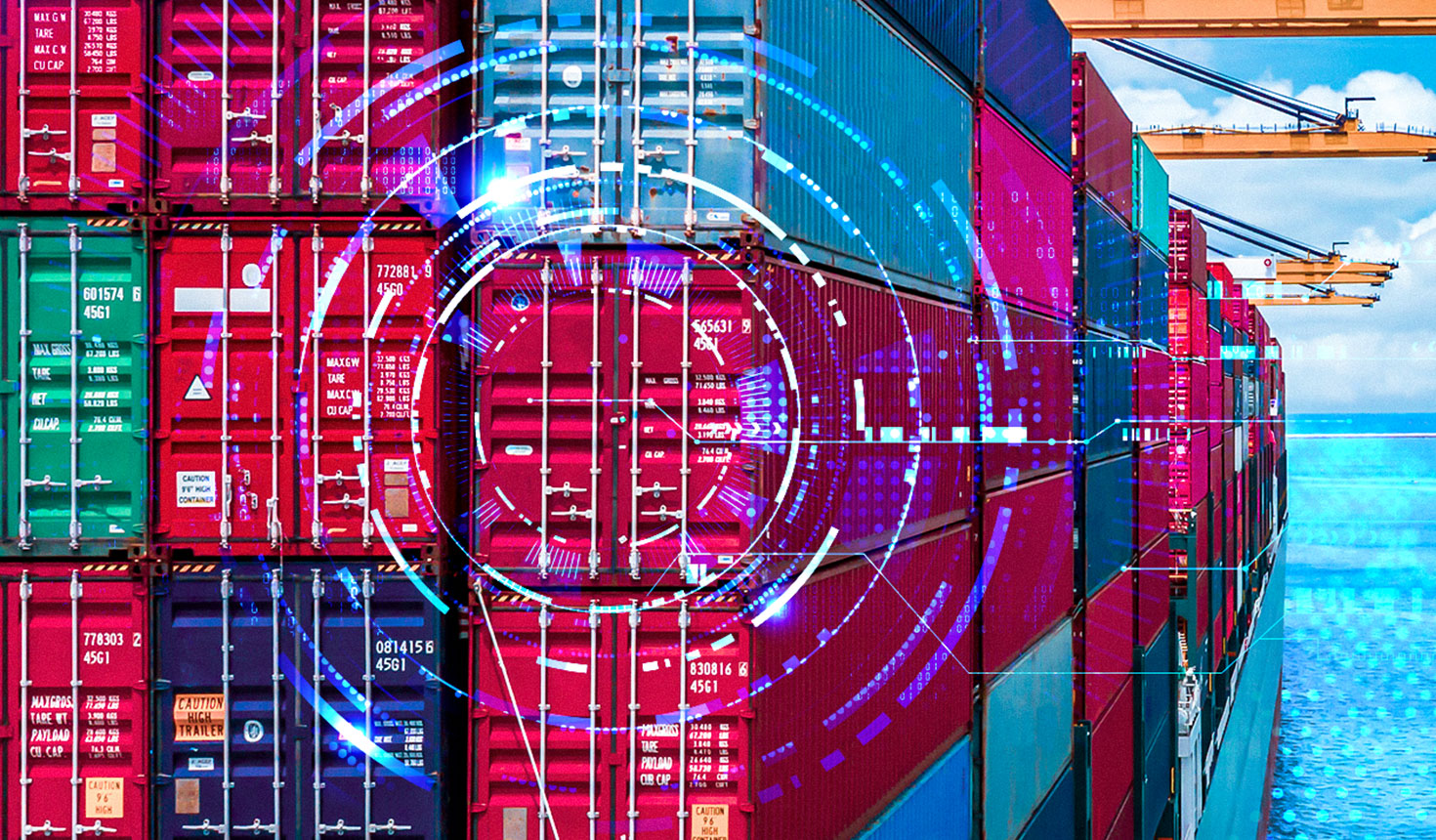
Optimising reefer performance
Reefers are critical for transporting temperature-sensitive cargoes including fresh produce and pharmaceuticals around the world. At the end of 2021 there were an estimated 1.8 million reefers in circulation.
By preventing spoilage or damage to goods during transit and reducing rejections or returns, IoT solutions can contribute to minimising waste and carbon emissions associated with product spoilage and loss, along with those related to shipping replacements.
This can be achieved as telematics continuously monitors and regulates the atmospheric conditions inside reefers, for example temperature and humidity, to maintain cargo quality. They can also monitor other performance parameters that might impact the integrity of the asset or its cargo, for example vibration, the unit being off-power for a protracted period, and ‘hot loading’ of cargo (when cargo temperature at the point of stuffing is higher than the temperature setting according to the bill of lading)—an important consideration when trying to establish liability for spoiled cargo.
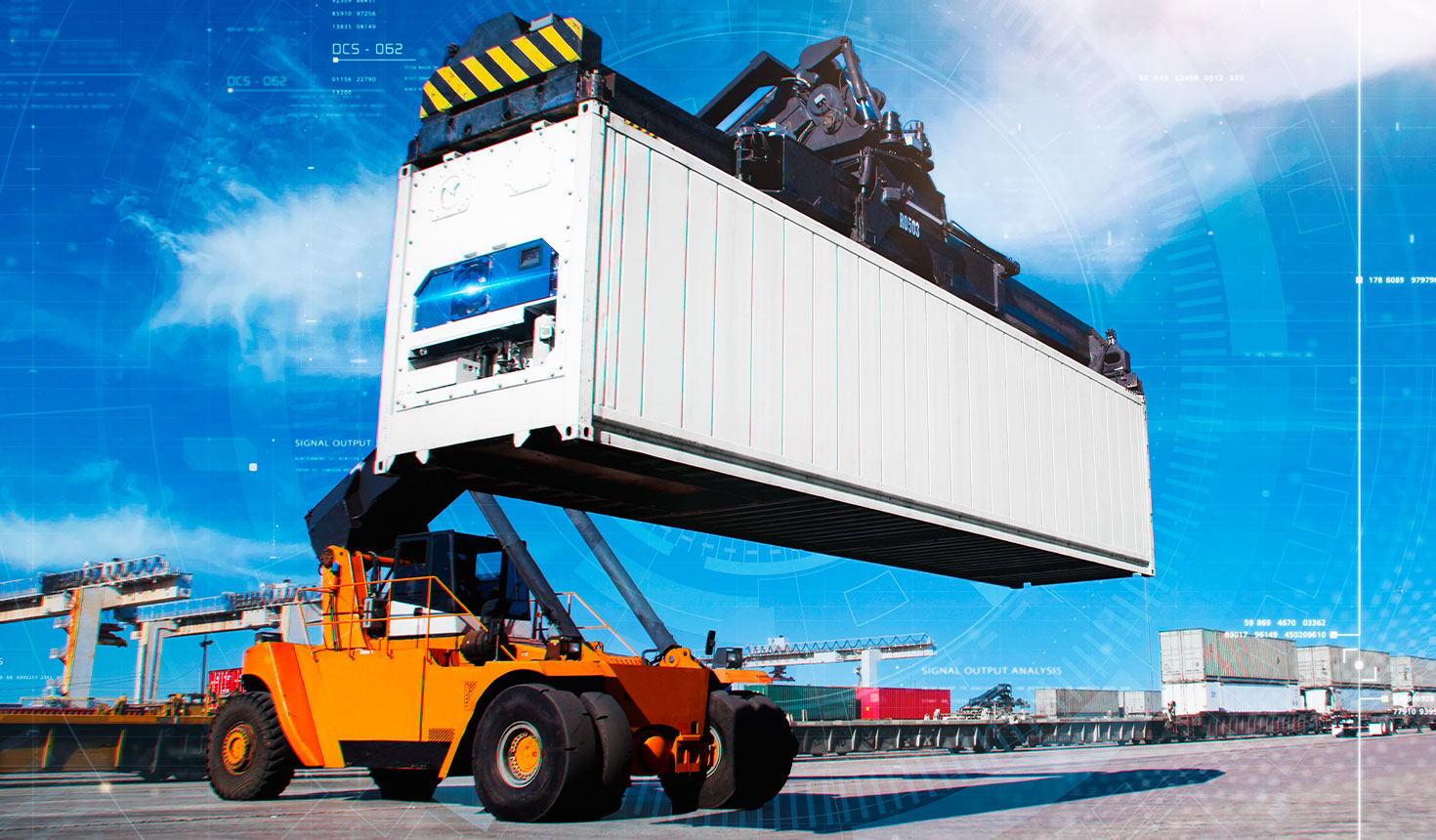
Real-time data allows for immediate corrective actions to be taken in case of deviations, either autonomously or by human operator intervention, to make remote adjustments to reefer settings. This allows shippers to maintain perishable goods within predefined parameters throughout their journey to market.
Telematics can ensure reefers operate within optimal temperature and humidity ranges, while minimising energy consumption and wastage, such as continuous running versus stop-start of the reefer, which reduces reefer fuel usage. Through minimising refrigeration when not required, or setting the reefer to idle when the internal temperature requirement is met, it is possible to significantly cut energy waste, lower GHG emissions, and reduce operational costs.
Some IoT solutions also offer door sensors. While this functionality can help to detect unauthorised and unscheduled intrusion, incidents of cargo theft and tampering, and other illicit activities, it can also be used to minimise potential energy loss by sending alerts in the event that doors are opened, left open for extended periods, or not properly closed.
Telematics’ ability to monitor reefer performance in real-time can also significantly reduce the number of pre-trip inspections (PTIs) needed. It is estimated that up to 70 – 80% of unnecessary PTIs could be eliminated, resulting in a drastic reduction in the number of reefers being plugged in for the test, with the attendant energy savings. Haulage emissions would also be cut, as the reefers would not have to be moved around terminals to designated PTI areas.
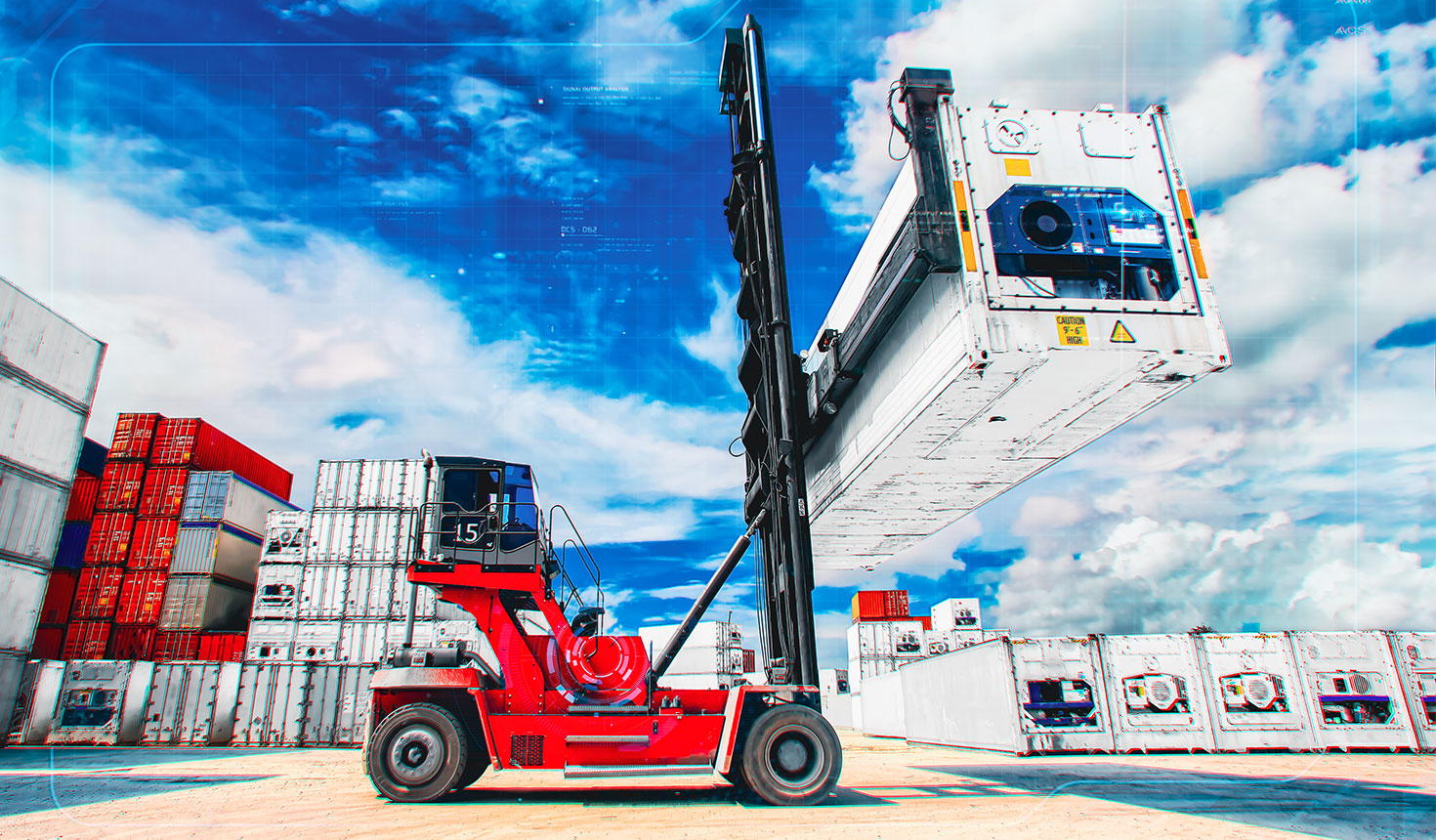
Lowering emissions through proactive maintenance
Reefer failures not only lead to costly unplanned downtime but also contribute to unnecessary emissions. The majority of companies recognise that proactive maintenance and servicing is preferable to waiting for equipment to fail and then responding to the situation. The ability to fuse data from IoT solutions with predictive analytics now makes this possible.
Proactive maintenance (also known as predictive maintenance) can improve the reliability of reefers and extend their life expectancy, by allowing shippers to identify potential performance issues, for example compressor alarms, that could indicate a pending failure. Through its ability to continuously monitor reefer serviceability and automatically raise alarms when thresholds are exceeded, telematics allows anomalies to be detected early, and enables intervention to prevent breakdowns, equipment failures or temperature deviations. Monitoring reefer performance and condition status therefore helps to minimise energy consumption per reefer, reduces the risk of cargo spoilage, and avoids the need to ship new consignments; saving time, protecting profits, and lowering fuel consumption and maintenance-related emissions.
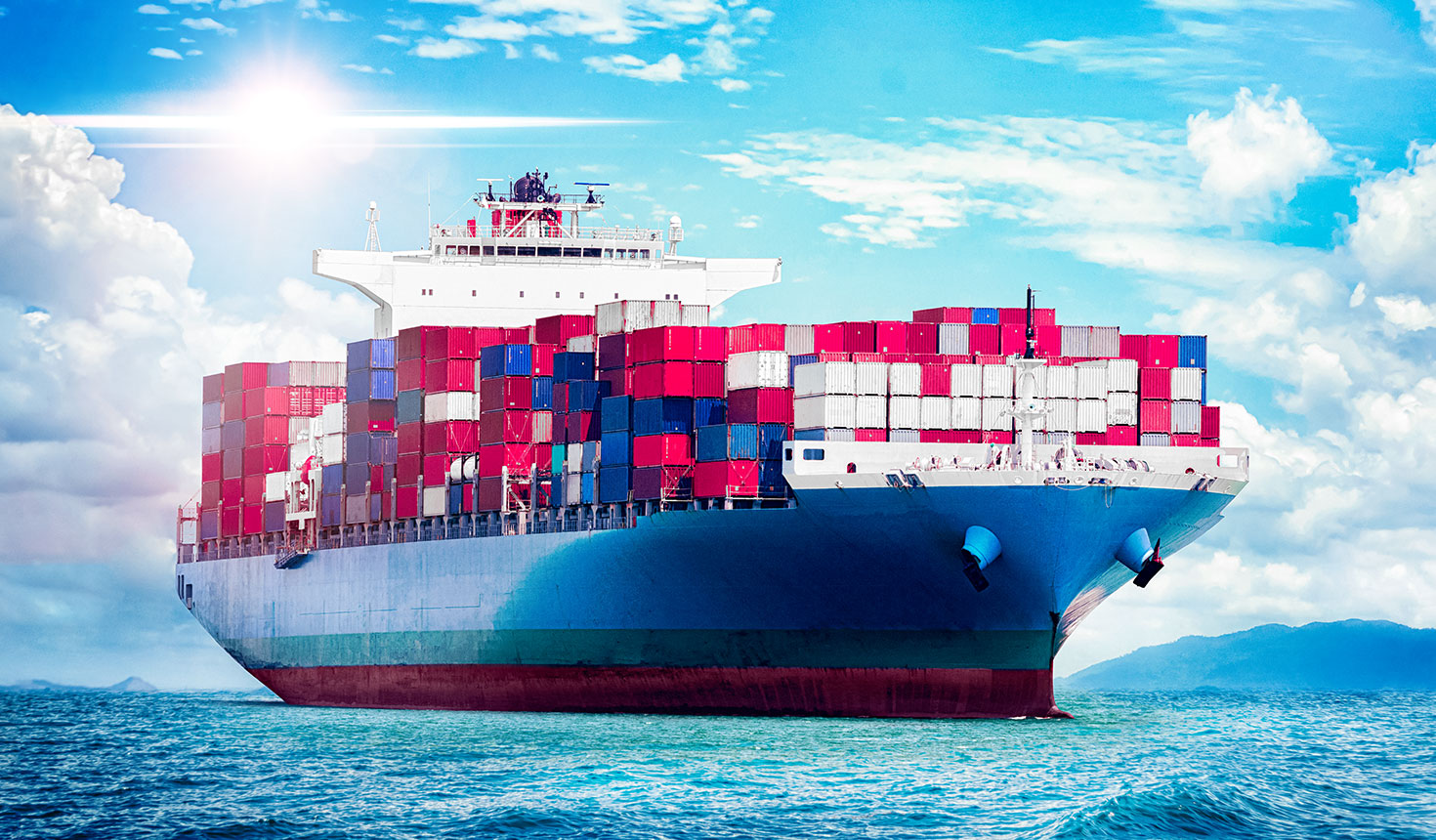
Real time data also allows shippers to respond swiftly to reduce downtime in the event of sudden outages and, in some cases, technicians may be able to diagnose and address issues remotely, reducing the need for physical inspections and service visits.
In the near future, it is likely that predictive maintenance systems will utilise machine learning and AI to analyse historical data to identify patterns of deterioration or wear. It is then only a short leap to such systems being able to forecast when specific components within a reefer are likely to fail. Once a potential issue has been identified, the system could then provide recommendations, such as replacing a specific component or scheduling maintenance during known lulls in trading cycles, to improve utilisation rates and reduce shippers’ average carbon intensity. The system is also likely to be self-learning and could continuously refine and improve the predictive model, based on the outcomes of maintenance activities. While we are not quite there yet, the dizzying speed of technological change means that such functionality will be available sooner rather than later.
Conclusion
The maritime industry's voyage toward decarbonisation is a pressing global necessity but also presents an opportunity for innovation and commercial growth. The latest generation of container telematics can be in the forefront of this transformation; it offers practical solutions to optimise supply chain efficiency, fleet management and asset utilisation, promote collaboration, and reduce GHG emissions by millions of tons per year.
IoT solutions offer unprecedented use-case flexibility, are market-ready and can contribute to decarbonisation now. This is an important consideration whilst shipping seeks to identify its preferred low-carbon and zero-carbon GHG emissions technologies, alternative fuels and propulsion methods, and then waits for them to become widely available and affordable. The focus on carbon intensity and the need to achieve net-zero operations means that the benefits of telematics will continue to be felt even once the HED low-carbon alternatives to HFO are firmly established. Utilising the technology will enable shippers to find further efficiency gains, both to reduce their operational costs and to meet future decarbonisation targets.
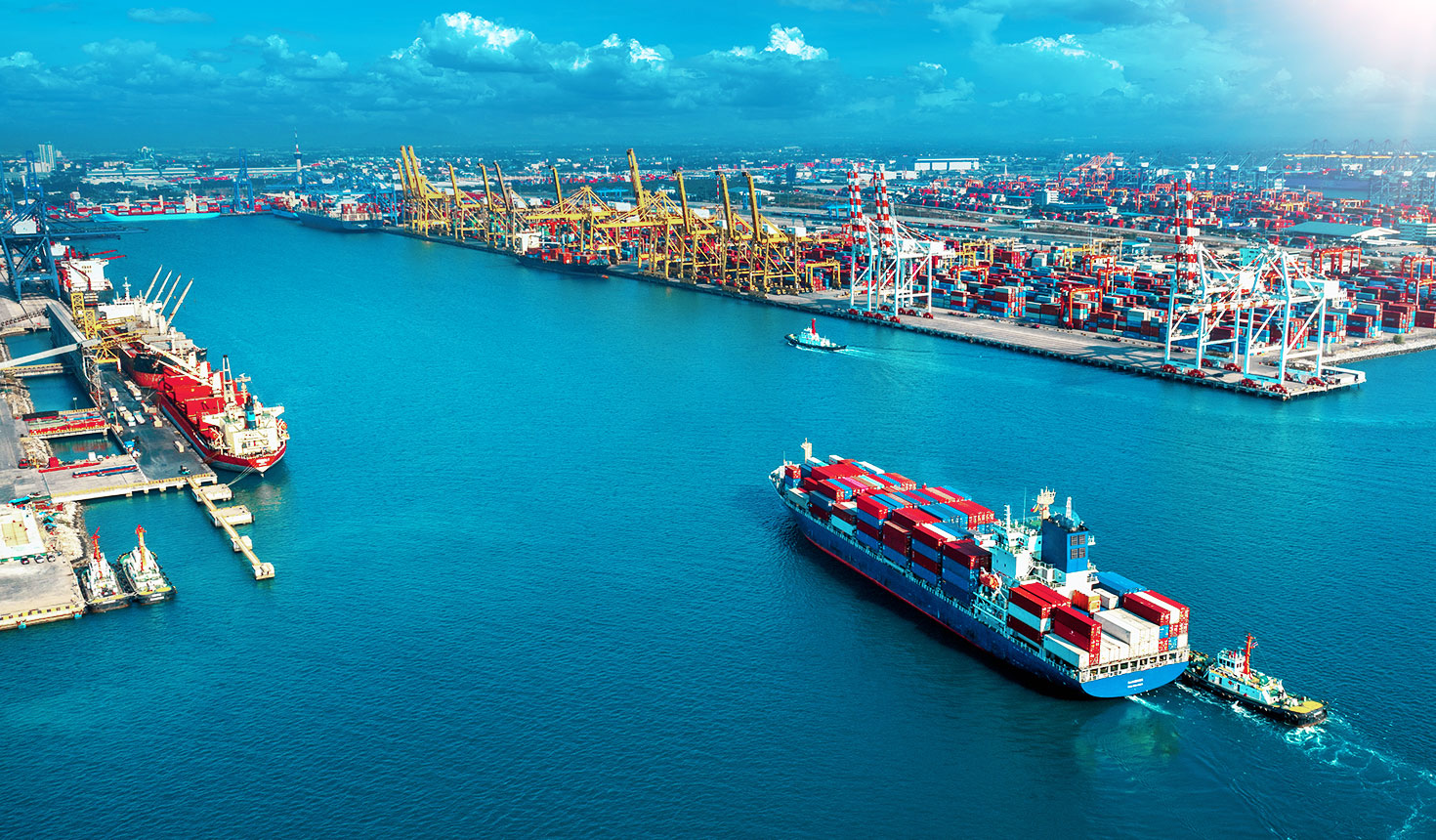
Telematics data enhances business agility, allowing rapid adaptation to market conditions, whether it be predictable seasonal peaks or responding to unexpected shifts in consumer behaviour. Embracing telematics, at scale, would therefore enhance operational efficiency and maximise profits, while also helping container shipping lines to meet the regulatory requirement to reduce GHG emissions. The ability to track and report emissions data, as the container moves through the supply chain, is likely to enhance a company’s green profile and demonstrate a commitment to environmental responsibility.
Such outcomes require shipping companies, port authorities, hauliers, regulators, and technology providers to share data and find mechanisms to migrate from current planning silos to more collaborative operational models. The technology stands ready to assist maritime leaders in this transformative journey. Marrying technology with sustainability, we can collectively chart a course for a cleaner, more sustainable, more efficient, and more profitable container shipping industry.

